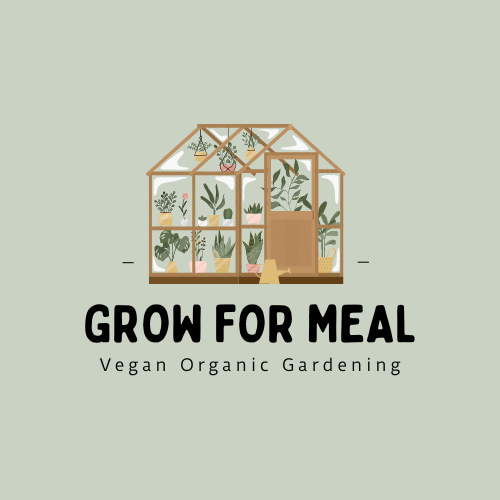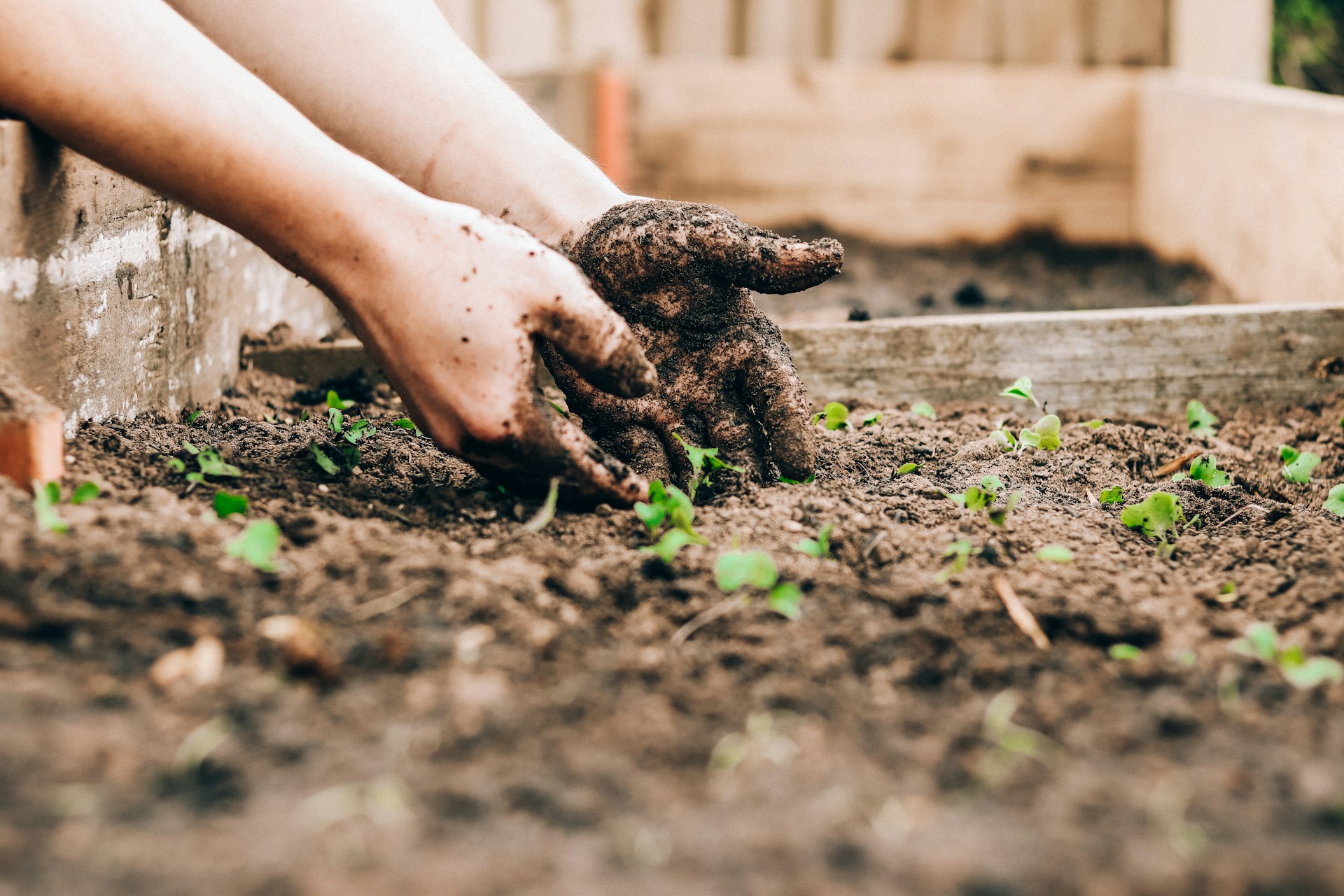When we first transitioned to a vegan diet, the question of how to maintain adequate protein intake naturally came up. While many people rely on store-bought plant-based proteins, there’s something uniquely satisfying about growing your own protein-rich plants right in your garden. Not only does it give you direct control over what goes into your food, but it also brings the added benefit of sustainability.
Why Grow Protein-Rich Plants?
Growing your own protein-rich plants offers several benefits:
- Nutritional Value: Homegrown legumes, seeds, and grains are packed with essential amino acids, vitamins, and minerals.
- Sustainability: Reducing reliance on packaged goods helps lower your carbon footprint and promotes a more sustainable lifestyle.
- Freshness: Freshly harvested plants offer superior taste and higher nutrient content compared to store-bought options.
Best Protein-Rich Plants to Grow
Here’s a breakdown of some of the best protein-rich plants you can grow to support a vegan diet:
1. Legumes (Beans, Lentils, Peas):
Beans: Black beans, kidney beans, and pinto beans are all excellent sources of protein. They thrive in warm climates and can be easily dried and stored for year-round use.
Lentils: Lentils are quick-growing and can be harvested in just 70-100 days. They’re rich in protein, fiber, and iron, making them a staple in vegan diets.
Peas: Both fresh and dried peas are packed with protein. They also fix nitrogen in the soil, benefiting your garden overall.
2. Quinoa:
Quinoa is a complete protein, containing all nine essential amino acids. It’s relatively easy to grow, especially in well-drained soil with plenty of sunlight. The plant is drought-resistant and can be harvested in just 90-120 days.
3. Amaranth:
Amaranth is another complete protein, and its leaves are also edible, providing additional nutrients. This ancient grain grows well in both tropical and temperate climates and is known for its resilience to various pests and diseases.
4. Chickpeas (Garbanzo Beans):
5. Edamame (Young Soybeans):
Edamame is an excellent source of protein and is relatively easy to grow. These young soybeans can be harvested in about 70-95 days and are perfect for snacking or adding to salads.
Tips for Growing Protein-Rich Plants
Most protein-rich plants thrive in well-drained, fertile soil. Amend your soil with compost and organic matter to enhance its nutrient content. For legumes, you may not need additional nitrogen as they can fix their own, but other plants may benefit from a balanced organic fertilizer.
- Planting and Spacing:
Follow the recommended planting guidelines for each species. Beans and peas, for example, typically need to be spaced about 4-6 inches apart, while quinoa and amaranth require more space due to their taller growth.
Consistent watering is crucial, especially during germination and flowering. However, avoid overwatering, as most of these plants prefer slightly dry conditions once established.
Keep an eye out for common pests like aphids, beetles, and caterpillars. Natural pest control methods, such as introducing beneficial insects or using neem oil, can help protect your plants without harmful chemicals.
Harvest timing varies depending on the plant. For instance, beans and chickpeas are ready when the pods are firm and dry, while quinoa and amaranth should be harvested when the seeds are fully matured and dry.
Growing your own protein-rich plants is a rewarding and sustainable way to support your vegan diet. By selecting the right plants and following these simple tips, you can ensure a steady supply of high-quality protein directly from your garden. Ready to start planting? Embrace the journey towards self-sufficiency and nourish your body with homegrown goodness.




